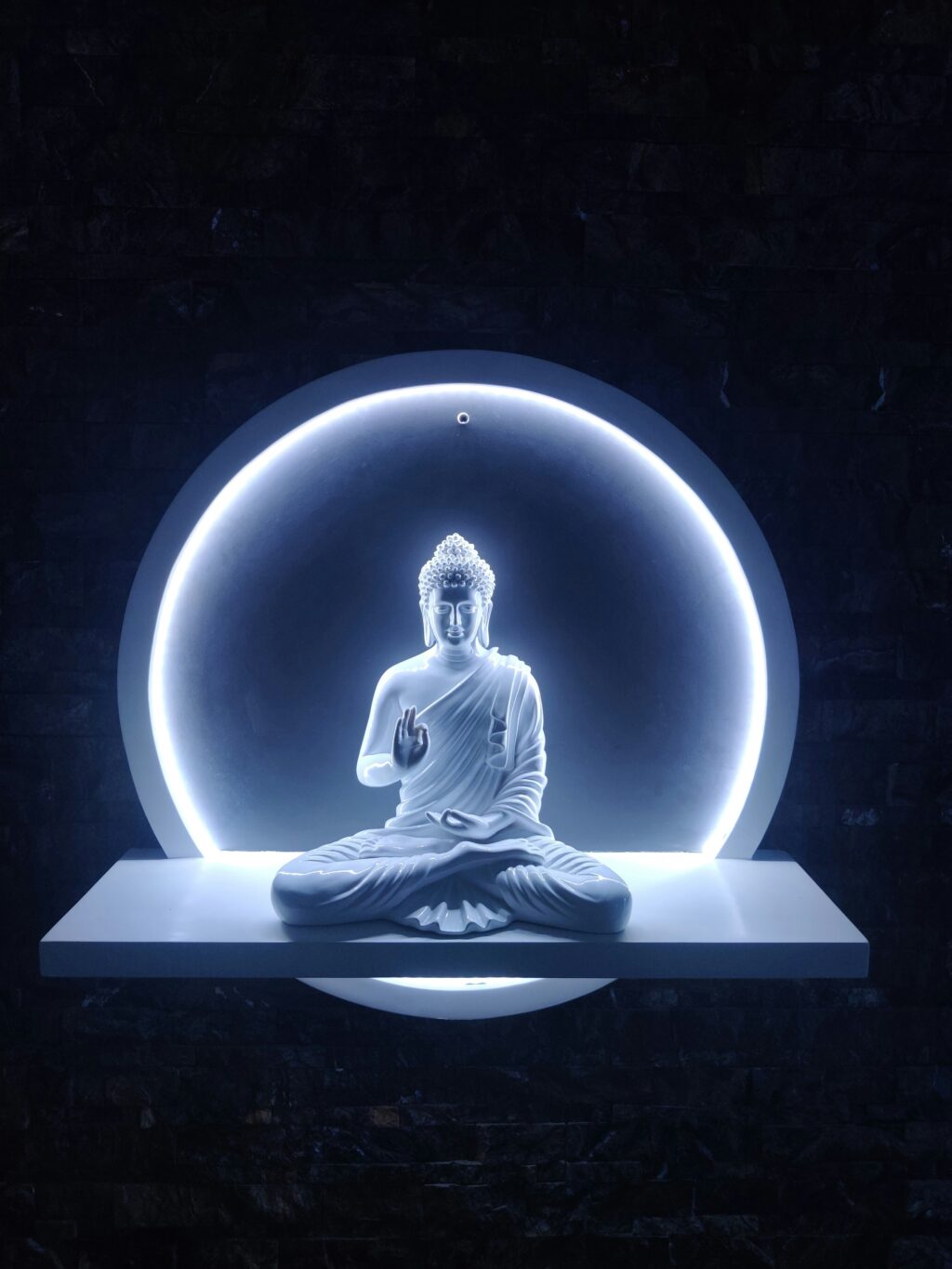
Rooted in compassion, mindfulness, and spiritual awakening, Buddhist Festivals in India offer a vibrant glimpse into one of the world’s oldest and most profound philosophies. These festivals are not just religious observances—they’re cultural celebrations that bring together communities, monks, and travelers in a shared spirit of peace, gratitude, and reflection.
Whether you’re a spiritual seeker, cultural enthusiast, or curious traveler, Buddhist Festivals in India promise meaningful experiences across sacred sites and serene landscapes.
🕉️ Why Buddhist Festivals in India Matter
India is the birthplace of Buddhism, and its festivals reflect the life, teachings, and legacy of Gautama Buddha. Celebrated in monasteries, temples, and pilgrimage towns, these festivals:
- Commemorate key events in Buddha’s life
- Promote acts of kindness, charity, and meditation
- Showcase traditional music, dance, and rituals
- Unite people across cultures and beliefs
Let’s explore the most celebrated Buddhist Festivals in India and what makes each one special.
🌕 Buddha Purnima (Vesak) – Birth, Enlightenment, and Nirvana
The most significant of all Buddhist Festivals in India, Buddha Purnima marks the birth, enlightenment, and death of Gautama Buddha—all believed to have occurred on the full moon day of Vaisakha (April–May).
- Where It’s Celebrated: Bodh Gaya, Sarnath, Kushinagar, Ladakh
- Highlights: Prayers at Mahabodhi Temple, candle lighting, alms giving, and meditation sessions
- Traditions: Devotees wear white, visit monasteries, and engage in acts of charity
This festival is a serene and powerful reminder of Buddha’s journey and teachings.
🧘 Magha Puja – Honoring the Sangha
Celebrated on the full moon day of Magha (February), Magha Puja commemorates the spontaneous gathering of 1,250 enlightened monks to hear Buddha’s teachings.
- Where It’s Celebrated: Sarnath, Bodh Gaya, and Tibetan monasteries in Himachal Pradesh
- Highlights: Chanting, candlelight processions, and Dharma talks
- Traditions: Devotees reaffirm their commitment to the Five Precepts and the Three Jewels—Buddha, Dharma, and Sangha
Magha Puja is a celebration of community, wisdom, and spiritual unity.
🏮 Losar – Tibetan New Year
Losar is one of the most colorful Buddhist Festivals in India, celebrated by Tibetan communities to mark the new year.
- Where It’s Celebrated: Ladakh, Dharamshala, Sikkim, Arunachal Pradesh
- Highlights: Masked dances (Cham), traditional music, and festive meals
- Traditions: Homes are cleaned, offerings are made, and families gather to welcome the new year
Losar blends spirituality with joy, making it a unique cultural experience.
🕊️ Ullambana (Sangha Day) – Honoring Ancestors
Ullambana, also known as Sangha Day, is observed to honor ancestors and departed souls, inspired by the story of Maudgalyayana saving his mother from suffering.
- Where It’s Celebrated: Monasteries across India, especially in Ladakh and Sikkim
- Highlights: Offerings to monks, food donations, and rituals for the deceased
- Traditions: Acts of merit are performed to relieve suffering and promote compassion
Ullambana is a deeply emotional and reflective festival rooted in gratitude and empathy.
🌳 Asala (Dharma Day) – First Teaching of the Dharma
Asala Puja, or Dharma Day, commemorates Buddha’s first sermon at Sarnath, where he taught the Four Noble Truths and the Eightfold Path.
- Where It’s Celebrated: Sarnath, Bodh Gaya, and Buddhist centers across India
- Highlights: Dharma talks, meditation sessions, and community gatherings
- Traditions: Devotees reflect on the teachings and renew their spiritual vows
This festival celebrates the beginning of Buddhism as a path of liberation and wisdom.
🌲 Bodhi Day – Enlightenment of Buddha
Observed on December 8th, Bodhi Day marks the moment Siddhartha Gautama attained enlightenment under the Bodhi Tree.
- Where It’s Celebrated: Bodh Gaya, monasteries in Himachal Pradesh and Sikkim
- Highlights: Silent meditation, chanting, and lighting of lamps
- Traditions: Devotees spend the day in reflection, study, and acts of kindness
Bodhi Day is a quiet, contemplative celebration of awakening and insight.
🏔️ Hemis Festival – Honoring Guru Padmasambhava
Held at Hemis Monastery in Ladakh, this vibrant festival honors Guru Padmasambhava, who spread Buddhism in Tibet.
- Where It’s Celebrated: Hemis Monastery, Ladakh
- Highlights: Cham dances, traditional music, and display of sacred Thangka paintings
- Traditions: Monks wear elaborate masks and costumes to depict the victory of good over evil
Hemis Festival is a spectacular blend of devotion, drama, and cultural pride.
📅 Buddhist Festival Calendar Highlights (2025)
Here are key dates for Buddhist Festivals in India in 2025:
| Festival | Date Range | Region Celebrated |
| Mahayana New Year | Jan 14–16, 2025 | Ladakh, Dharamshala |
| Magha Puja Day | Feb 12, 2025 | Bodh Gaya, Sarnath |
| Nirvana Day | Feb 15, 2025 | Kushinagar |
| Theravada New Year | Apr 13, 2025 | Bihar, Uttar Pradesh |
| Buddha Purnima | May 12, 2025 | Nationwide |
| Asala Puja (Dharma Day) | Jul 10, 2025 | Sarnath, Bodh Gaya |
| Obon Festival | Aug 13–15, 2025 | Ladakh, Tibetan communities |
| Ullambana Day | Sep 6, 2025 | Monasteries across India |
| Bodhi Day | Dec 8, 2025 | Bodh Gaya, Himachal Pradesh |
💡 Tips for Experiencing Buddhist Festivals in India
- Dress Modestly: Respect local customs, especially in monasteries and temples.
- Participate Mindfully: Join meditation sessions and rituals with sincerity.
- Support Local Communities: Buy handmade crafts and donate to temple charities.
- Learn the Stories: Understanding the legends behind each festival deepens the experience.
- Travel Sustainably: Choose eco-friendly accommodations and avoid plastic waste.
Buddhist Festivals in India are more than celebrations—they’re invitations to live with awareness, compassion, and joy. Whether you’re lighting a lamp at Mahabodhi Temple, watching a Cham dance in Ladakh, or meditating in a quiet monastery, each moment becomes a step toward peace and connection.


